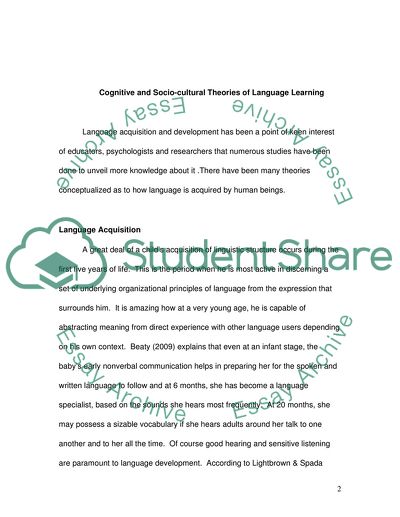Cite this document
(Cognitive and Socio-cultural Theories of Language Learning Assignment - 1, n.d.)
Cognitive and Socio-cultural Theories of Language Learning Assignment - 1. Retrieved from https://studentshare.org/psychology/1749749-psychology-of-language-learning
Cognitive and Socio-cultural Theories of Language Learning Assignment - 1. Retrieved from https://studentshare.org/psychology/1749749-psychology-of-language-learning
(Cognitive and Socio-Cultural Theories of Language Learning Assignment - 1)
Cognitive and Socio-Cultural Theories of Language Learning Assignment - 1. https://studentshare.org/psychology/1749749-psychology-of-language-learning.
Cognitive and Socio-Cultural Theories of Language Learning Assignment - 1. https://studentshare.org/psychology/1749749-psychology-of-language-learning.
“Cognitive and Socio-Cultural Theories of Language Learning Assignment - 1”, n.d. https://studentshare.org/psychology/1749749-psychology-of-language-learning.


